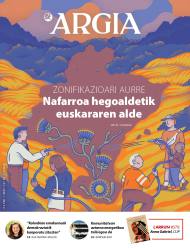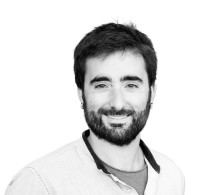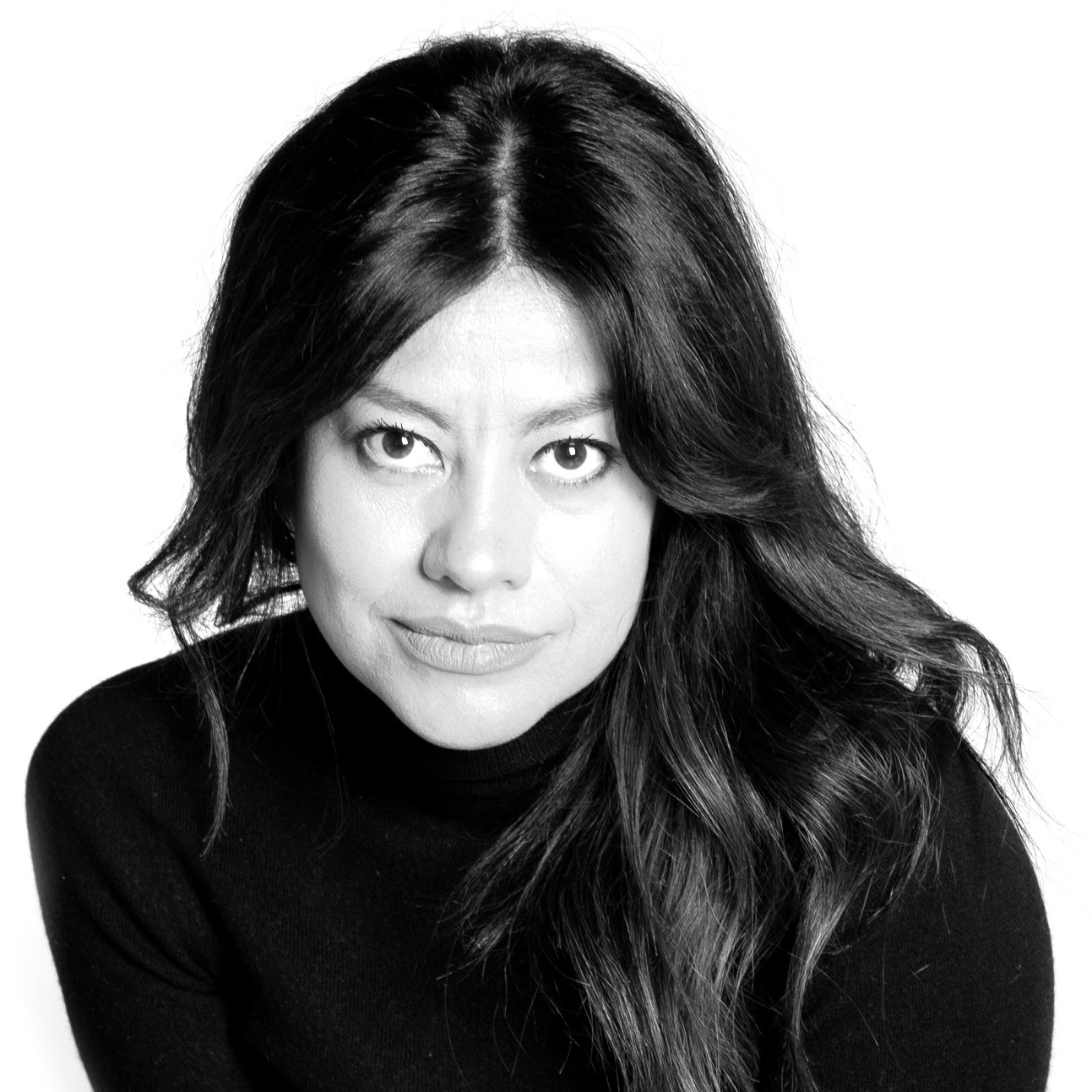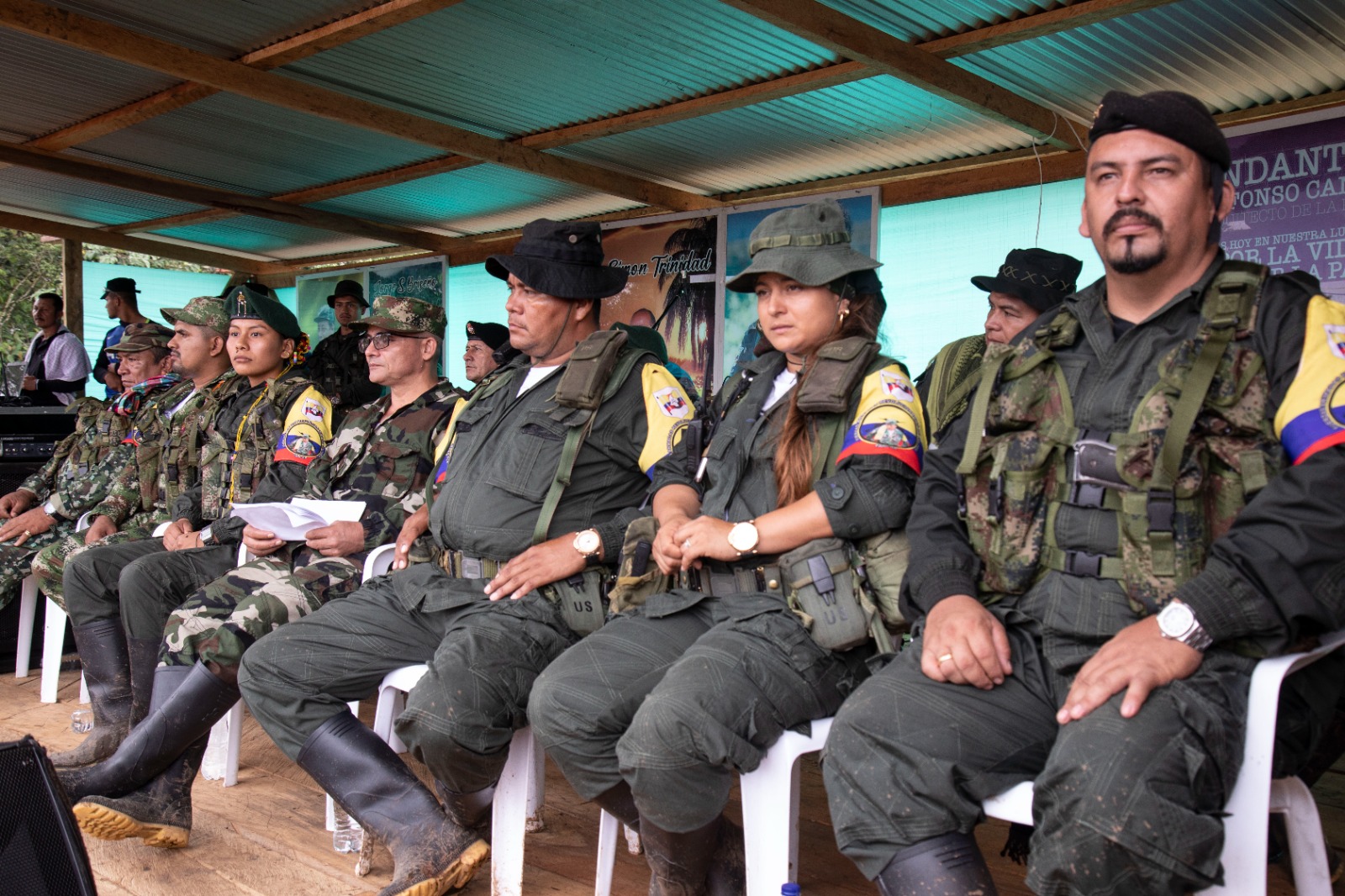There's a future if it's true
- It is clear to Alejandra Miller that after a conflict we must talk to everyone. He has tried to gather silent voices and narratives, among other things, within the Colombian Truth Committee, analyzing how the armed conflict in this country has affected all kinds of women and LGTBIQ+. In fact, this year the Truth Commission has presented its report – 11 volumes. They were in September in Donostia, publicizing their experience in a summer course.

Alejandra Miller. Cali, Colombia, 1970
Economist, researcher and university professor of profession has demonstrated great social commitment, especially within the Colombian feminist movement. As part of the peace process in his country, he has been a member of the Peace Commission and has led the action of the gender group within it. It is part of the Pacific Route of Women.
He has been a member of the Truth Commission within the peace process in Colombia. Could you explain to me your overall context? The
Truth Commission arises primarily as a result of the peace process. The state and FARC guerrillas, the largest and oldest group of guerrillas on the American continent, signed a peace agreement in 2016 that gave rise to three transitional bodies: Special Justice for Peace, Missing Persons Search Unit and Truth Commission. We started work at the end of 2018. The Selection Board elected eleven members, men and women, including many international actors. As a vocal, the Colombian feminist movement proposed to me.
It is noteworthy the existence in a process of this kind of collectives of women and a specific collective of LGBTIQ+. I think the political influence of the women’s movement and the Colombian feminist movement is very important, and it is clear from the committee’s own composition decree that a gender presentation should be created to ensure that all actions take this perspective into account.
We started working and formed a gender group that asked people and resources so that the gender perspective wasn't just headline. On the other hand, another issue to ensure was that the committee’s report offered a specific chapter to women and those affected by the LGBTIQ+ conflict.
What has happened to women and LGBTIQ+ people in the conflict? What would you highlight?
We analyzed what happened, why it happened and what consequences it had. And, above all, in the report we refer to very massive violence, on the one hand the expropriation of territories and forced displacement, and on the other hand sexual violence, of course. And their consequences: they expelled women from democracy.
In the case of displacement, did it affect women more?
Over four million women were forced to leave their lands. The processes of control of the female bodies made it easier for armed agents to control the territories. It has been a military strategy. Threatening and relocating women is much more effective than displacing men, because when women leave they are not alone, but with those they are in charge, which also implies the breakdown of communities. Along with the transfer, mention should be made of deprivation, land theft and the withdrawal of all that women had in their lands. On the other hand, we have observed that threats related to sexual violence have been very effective for the rapid desertion of the territories and for access to armed actors.
How have you worked on
sexual violence?Sexual violence is specific violence based on gender violence. Proof of this is that 90 per cent of the victims of sexual violence in the armed conflict were women. Beyond rape, we have identified thirteen forms of sexual violence. We also wanted to recognise them, even if they do not appear in the penal code. Finally, we did not want to make tabula rasa, that is, we did not mean that everyone “raped him and the same was true in all areas”. We wanted to delve into the detail: in what groups, at what time and in what territory violence occurred. Thus, investigating the documentation, testimonies and other sources, we have come to the conclusion that not all agents used sexual violence as a political strategy of war, and there are some aspects to highlight.
"That threats to sexual violence have been very effective for the rapid desertion of territories and for access to armed agents"
For example, in the case of paramilitaries,
in the years 1995 to 2005, we have seen that sexual violence was used as a strategy of war, especially to take women out of the territory and eliminate what they had. This was very clear in the paramilitary groups in the Caribbean, Meta and Putumayo. From a police point of view, we have not been able to identify a strategy, but we have seen that sexual violence against women identified as enemies was used to punish political detainees or women regarded as guerrillas.
.jpg)
What about guerrillas?
In the case of the guerrillas, we have not been able to identify that this was a policy, even great sanctions were laid down in the regulations, and through testimonies we have learned that enormous penalties had been imposed on those who exercised sexual violence. In any case, sexual violence was more practiced at some times. Especially in the 1990s, in which in our opinion there was a deterioration of the war with the entry of drug trafficking and the growing military expansion. Although it is not a political strategy, sexual violence had advantages for the guerrillas, because it generates fear and this implies subordination or displacement.
Reproductive violence was one of the policies of the FARC.
I think it's interesting to look at reproductive violence, because it's the first time a Truth Commission has tackled this particular phenomenon. We, above all, have analysed compulsory planning, which, as you say, was a concrete policy of FARC: all women entering the guerrilla had to take measures to prevent pregnancy and, if they became pregnant, abort. There were exceptions. In areas of major conflict, the standard was strictly observed and other blocks were more flexible. Then there were exceptions for couples of commanders. They allowed them to develop pregnancy, but then the children sent them to their families.
"All women entering the FARC guerrillas should take steps to prevent pregnancy and abort if they became pregnant."
Let's look at the LGBTIQ+ collective. What kind of violence have you experienced in the conflict?
Armed agents sought absolute control of the territories, and within them, logically, intended to establish a heteropatriarchal moral order that had an important impact on LGBTIQ+ people. We have found three main forms of violence: threats, forced relocations and sexual violence (particularly in the case of trans women). Sexual violence was exercised for various purposes. The so-called meaning stands out. Many lesbian women were raped to learn to be women or, in some cases, to force them to be mothers.
The complicity of society has been highlighted in this area.
Yes. When the armed forces reached the communities, it was a way to approach their people what is known as “social cleansing”, that is, to eliminate what is considered negligible, including women in prostitution, LGBTIQ+ people, thieves, drug users, etc. Colombian society knew that there was strong violence against LGTBIQ+ people and applauded it, authorized it. It's one of the main mirrors that we need to look at as a society.
Have you made any distinction between paramilitaries and guerrillas in LGBTIQ+phobic violence as in sexual violence against women?
In the case of paramilitaries, this type of violence sought to eliminate LGTBIQ+ people. In the case of the FARC, instrumentalization was first sought, but also annulment. And it also depends on the fronts: in the old traditional fronts, like those that emerged in the 1960s, there were threats: the people of the group sought to escape. On the more recent fronts of the Pacific, on the contrary, they were eliminated directly with the question of cocaine. And of course, we also have to talk about exile. LGTBIQ+ brought many victims into exile. I therefore believe that there is a very painful but fundamental element as a society.
You have also met with former guerrillas.
Yes, we have devoted a section to this issue. On the one hand, we've analyzed women's motivations to join the guerrillas. A stereotype has always prevailed over FARC women: they were girls forced to kidnap, rape and abort their community. Of course, girls were necessarily recruited, but they weren't a majority. This stereotype had to be broken and denaturalized the role of women in themselves good and caregivers. And we've deepened it through the testimonies of the women themselves.
Why did women join the guerrillas?
For several reasons. On the one hand, by political decision. That is, they believed that the only way to transform the country was armed struggle, and they made a conscious decision to join the uprising. Others joined the guerrillas because they did not have food at home, especially in the case of peasant women who were in the same territory. In addition, other women found in the guerrillas the possibility of escaping sexual or family violence.
What consequences have the conflict and the peace process had on the women who were guerrillas?
All sorts of conclusions, of course. On the one hand, the obligation to abort has had a great influence from the body itself. Several women were forced to abort eight or nine times under very conditions
precarias.Por another party, has also influenced the return of women to civilian life. Many have had to take over surveillance tasks and are in private life without the possibility of political leadership. There's a big shock there. Only two out of ten FARC Congressmen are women, and below, something similar or worse.
"Colombian society knew that there was strong violence against LGTBIQ+ people and applauded it, authorized it"
They have worked during Ivan Duque's term of office. It hasn't facilitated your activity. It
can be said that the committee has had the political wind against, because the government of [Duque] has tried to permanently delegitimise the peace agreement. We have only had basic working resources, many of which we have received internationally. In addition, we had a difficult time, because conflicts reappeared. But our research work, despite being public, despite being present in the political debate, was both discreet and that has helped us in part. It wasn't easy to find testimonies, but we did. The territorial teams have traveled the rivers and traveled horseback to the communities for seven hours. They weren't afraid, and that's infinite.
Elections were held in Colombia in August and brought about a change. Do you think Gustavo Petro’s new government will contribute to the peace process?
We have proposed some recommendations for a profound transformation. In short, in committee we have always wanted to answer the same question: Why is the war raging in Colombia? Despite the possibilities, such as the democratic opening of 1991 and the 2016 peace agreement, why have we not been able to stop the war? So we look for the sustainability factors of war: if they are not solved, war is repeated and our recommendations are very clear in this regard. Having said that, this new government has taken the work of the committee very well, and not only that, but Petro said in his takeover address that they would rigorously comply with the committee’s recommendations.
As you said before, while you were working, the conflict has re-emerged. Can the next step be to reach peace agreements with other armed groups such as the CoR? One of the recommendations we have proposed is obviously related to what the government calls “total peace” and we “high peace”. In this sense, dialogue and negotiation with those who remain in armed uprising must
be initiated, but not only with them. We believe that we must talk to everyone, with political connotations, of course, but also with all those who have arms, such as armed groups linked to crime or illegal income. The same pattern will not be used with each other, but great efforts must be made to silence the rifles and carry out other profound transformations.
I have recently had the opportunity to see the latest work by Pierre Carles, a committed documentary author. Under the name of Guérilla des FARC, l'avenir a une histoire (FARC guerrilla, the future has history), proposes a renewed account of the armed conflict that has lasted... [+]
Uwa, kamsá, tukuná, uitoto, tikun, embera, nasa/yuwe, nuka, sikuani, siano, macuna, yuruti, kichwa, achagua, bora, truncar. These are some of the languages spoken in Colombia. Unfortunately, when I lived in Colombia, in Cundinamarca, I did not have the opportunity to learn our... [+]
International Migrants Day is celebrated on 18 December. Last year, an institutional event was held at the Alhóndiga in Bilbao in cooperation with the social partners and I was invited to participate. There I had an unbeatable opportunity to meet new creators and, above all, to... [+]
An indifferent people! How different your destiny would be if you knew the price of freedom! But it's not too late. Although I am a woman and young, I now have the courage to face death and I would have it a thousand times more, do not forget! ".
With these words, Policarpa... [+]






















